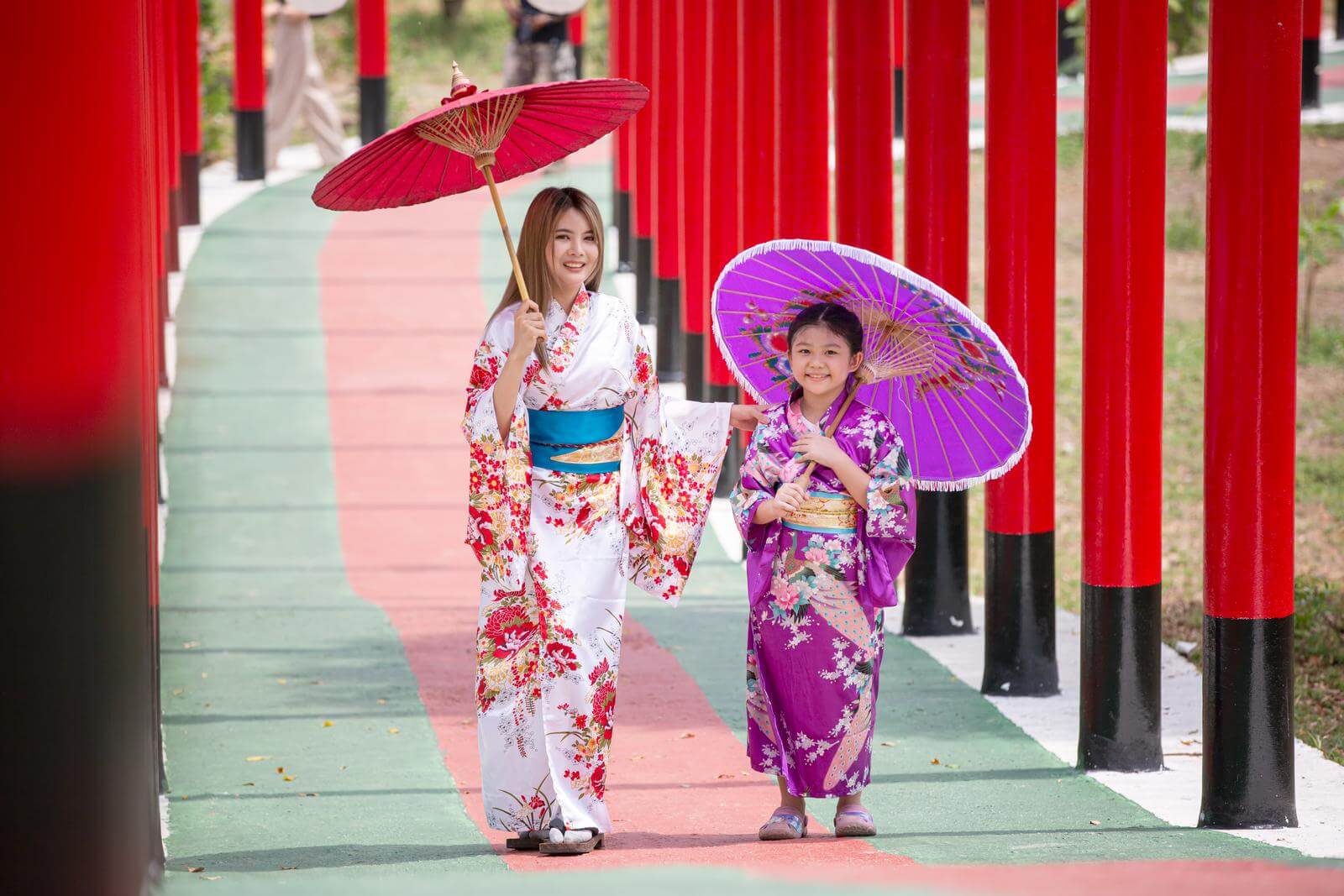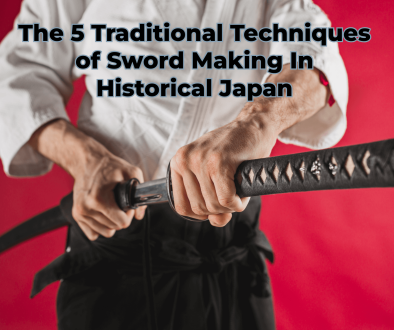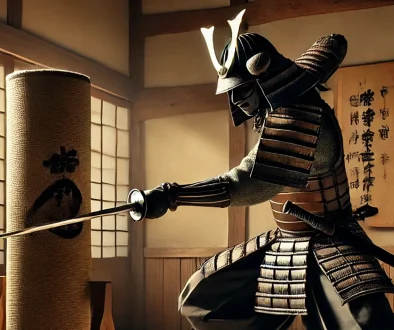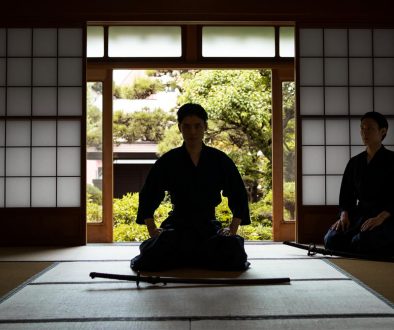Samurai Kimono Chronicles – From Ancient Origins to Modern Fashion Influence
Samurais traditionally donned kimono for everyday wear, consisting of an outer and inner layer crafted from silk fabric and its quality depending on their status and income.
Historically, kimono were washed and tailored multiple times before being cast aside as trash. Now though, traditional kimono are worn to special events or for fashionable purposes in Japan.
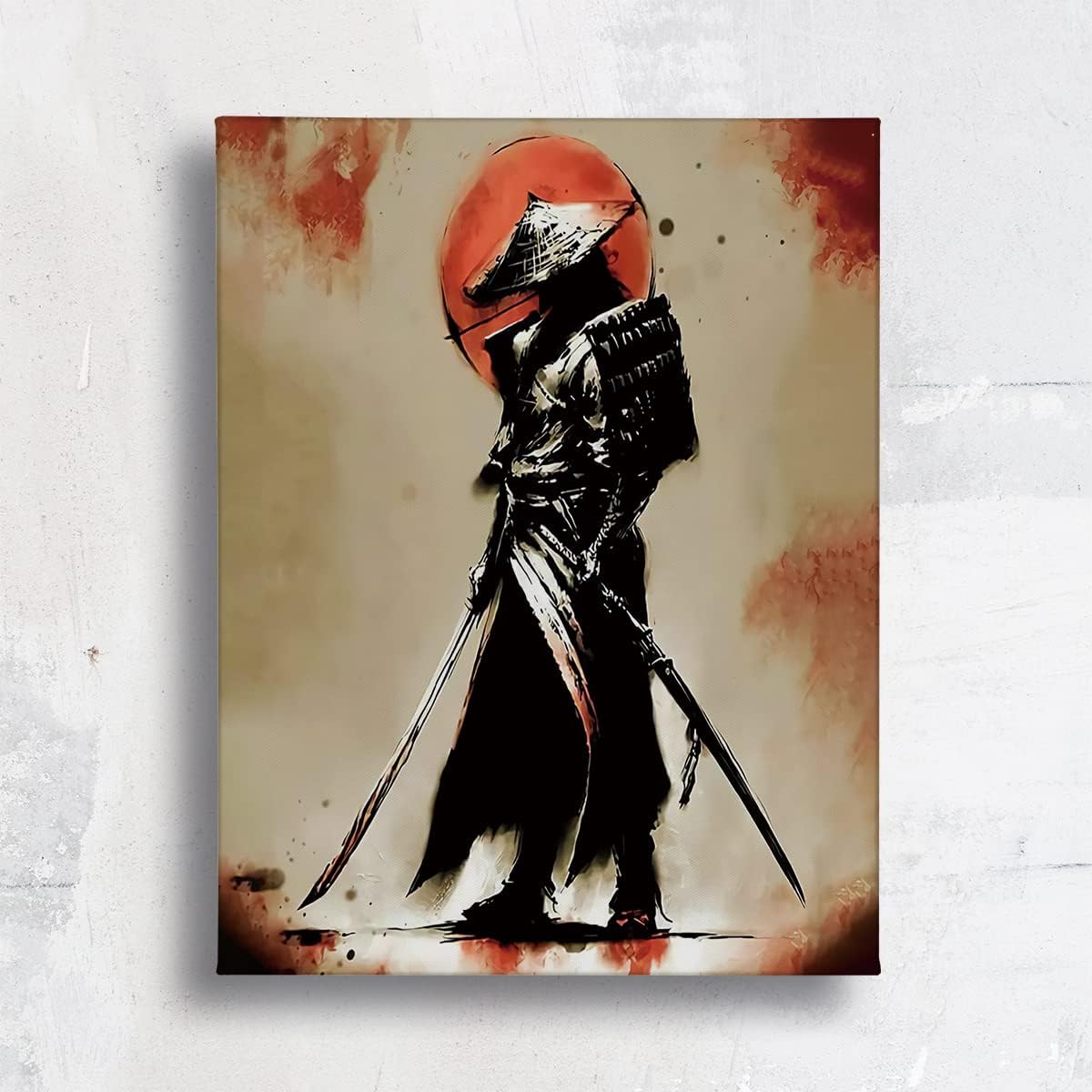
Ancient Roots
A kimono is a traditional Japanese garment designed to wrap around the body. It typically features a front skirt and back sleeves decorated with traditional patterns that often reflect Japan’s landscape, culture, or other aspects. Designs have changed in response to social changes while maintaining their core form over centuries.
Anciently, kimono were worn by members of both the upper classes and wealthy merchant classes as a mark of wealth and social rank; the more elaborate the kimono was, the higher its wearer’s social standing was perceived.
The Muromachi period (1192 to 1573) witnessed the emergence of Samurai warriors who served daimyo (lords). Samurais typically donned two-piece outfits that consisted of kimono jackets with hakama pants for daily wear; these would usually bear both their family mon and that of their daimyo mon.
Men’s kimono sleeves were sewn shut for most of their length, leaving only a few inches unattached at the bottom so they could be tied under an obi around their hips. Women’s kimonos featured deep sleeves, which hung loosely down the front of the dress.
Samurai warriors don a kimono for dinner or shopping, donning it over their hakama with a sword and dagger tucked inside an obi belt that ran along their waists.
As times changed, samurai began wearing less extravagant kimonos as they became more professional militarists and adopted Western clothing styles considered more modern and sophisticated. Unfortunately, these trends proved short-lived as changes to government ideology caused a return to traditional Japanese kimono-wearing.
Symbolism & Design
The kimono allowed women and men to express their creativity and unique style through fashion. It was an integral component of traditional Samurai attire that included long, sleeveless undergarment (juban) or kamishimo (kimono with pleated, pleated trousers), the hakama, and for colder climates, a kataginu vest with sharp, pointed shoulders (kataginu vest).
Kimonos were decorated with various motifs that each held symbolic or meaning, such as cherry blossom, chrysanthemum, and maple leaves – which reflect the seasons’ transitions – while others, like pine needles, bamboo stalks, and plum fruits (known as The Three Friends of Winter) represented longevity, perseverance, and renewal.
Bamboo shoots, wisteria flowers, bush clover, and hollyhocks were symbols of wealth and prosperity in Japanese families. Kanoko Ferns (known for their similarity to the spots on a deer’s back) represented luck and good fortune – they could often be found adorning furoshiki cloths used to wrap clothing items such as kimonos.
Other motifs often feature tools, musical instruments, household utensils, and symbols of religious ceremonies or rites. Dragonflies represent prosperity and hope for the future; when their wings expand or spread while flying, they signify this hope for a brighter tomorrow.
Edo komon, an intricate embroidery featuring small white dots on a colored background, was worn as formal wear during the Edo period (1603-1867). Now worn at graduation ceremonies and often combined with maroon hakama for graduation celebrations. Underneath their kimono, samurais usually also wear fundoshi loincloth (waraji), tabi socks that separate the big toe from the other four toes, and hemp sandals or wooden clogs called geta.
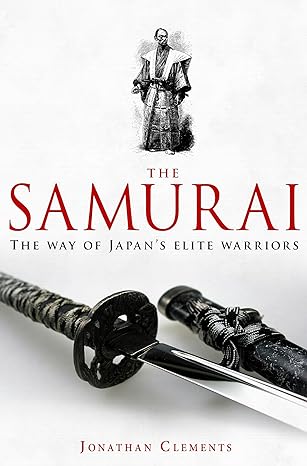
Adapting to Societal Changes
Edo-period women’s kimonos trailed down to the floor instead of resting just above their knees, as expected, using an ohashori. This hand-sewn tuck across the back under an obi took up 7-10 inches (18-25 cm). Even today, it can still be found on Kyoto apprentice geisha kimonos for fine length adjustments (see image below).
Samurai men typically wore their kimono with hakama pants and kataginu vest-like garments featuring sharply-angled shoulder peaks for maximum warmth and protection against rain or snow. Furthermore, under the kimono could also be found fundoshi or loincloth belted underkimono, and tabi socks featuring separate sections for big toes for comfort and warmth. They might wear coats or capes to stay dry during battle in extreme instances.
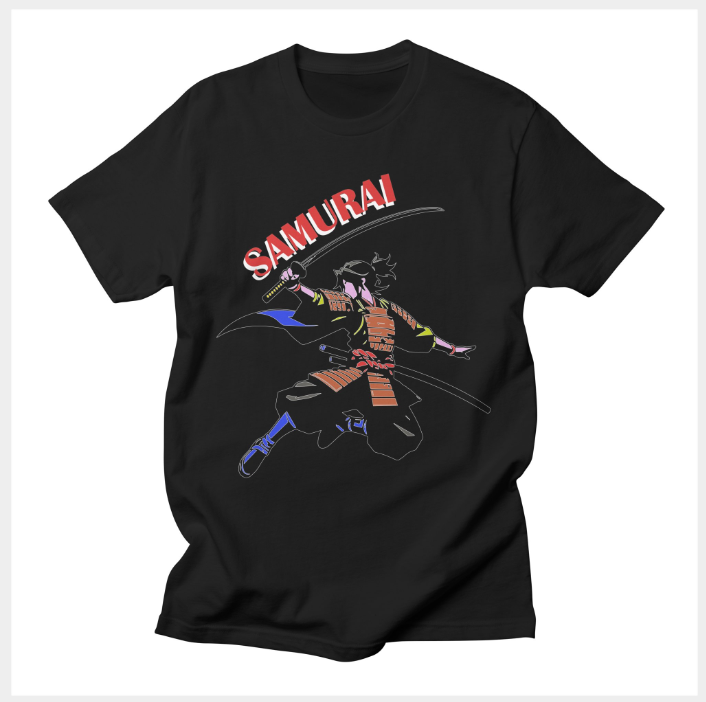
Samurai women were known to serve their lords and work as courtesans in Kyoto’s Yoshiwara red light district as courtesans in Yoshiwara – known for its notorious red light district – serving their masters while simultaneously working as courtesans there. Courtesans served as fashion icons admired by ordinary women whose styles they imitated or copied. Some courtesans even donned elaborately decorated kimono.
Postwar Japan witnessed dramatic lifestyle and fashion trend changes as its society became increasingly Westernized. Yet, kimonos played an integral part in daily life and cultural identity, such as at weddings or coming-of-age ceremonies, or performances at kabuki theaters. Furthermore, Japanese government efforts were undertaken to preserve historical techniques used for kimono production out of fear that this art form might die out otherwise; yet, with rising Western influence and shifting lifestyles came less of an appetite for them as fashion trends changed significantly over time.
The Role in Samurai Rituals & Ceremonies
Samurai warriors were highly disciplined individuals, often to the point of taking ritual suicide rather than betraying their honor in battle or failing to meet community expectations. Unfortunately, this sense of honor still prevails today in Japan’s culture – elders struggling to find employment or seen as burdens to their families are known to end their lives rather than face humiliation and dishonor.
Samurai warriors would wear different types of clothing depending on the occasion and activity at hand. Formally, they might don a hitatare featuring the family mon (crest) or their daimyo’s mon. On battlefields, however, two-piece hitatare outfits called hitatare could help better conceal armor while providing for tighter fits than three-piece kamishimo suits. Furthermore, beneath their kimonos lay hakama pants and kataginu vests with sharply pointed shoulders and swords tucked into an obi tied around their waist – great outfits indeed!
At some point during the Edo period, Japanese samurai and others began dressing more like their Western counterparts due to changing fashion trends and competition from more affluent merchant classes. Kimonos continued to be worn during important cultural events and ceremonies such as weddings and tea ceremonies; additionally, they became a symbol of high society, with many collectors passing them down as family heirlooms to future generations. Several surviving kimonos from this era feature intricate designs and can now be found in museums.
From Battlefield to Fashion Runway
As samurai entered civil service, their attire changed accordingly. Although still wearing two-piece costumes outside the home, their lower piece became known as hakama: wide skirt-like trousers. In colder climates, they may add an optional kimono cloak as warmth, while outside it they would cover their heads with hats to better blend in with locals.
Muromachi Period samurai were known for wearing small and narrow sleeves on their kimono; these had since been replaced with longer ones emphasizing women’s feminine beauty. Furthermore, men’s and women’s okumi front panels had also evolved into the long and shallow angle they have today.
Underneath their kimono, samurai would wear a cotton or silk undershirt known as a juban and an inner kimono called a kamishimo that varied according to their status and role – for instance, a dancer may opt for more delicate silk patterns. At the same time, warriors could choose something ruggeder like wool fabrics.
As the samurai established themselves as a ruling class, they followed strict regulations set out by their daimyo regarding how to dress. On certain days they would exchange their winter kimono for lighter summer ones; each style changed depending on the season.
As Japan began trading with the West during the Meiji era, traditional Japanese clothing quickly adopted Western styles – particularly women’s kimonos- from featuring intricate designs to being primarily solid colors. Even today, fashion enthusiasts take inspiration from traditional Japanese styles; many consider them cultural icons.
